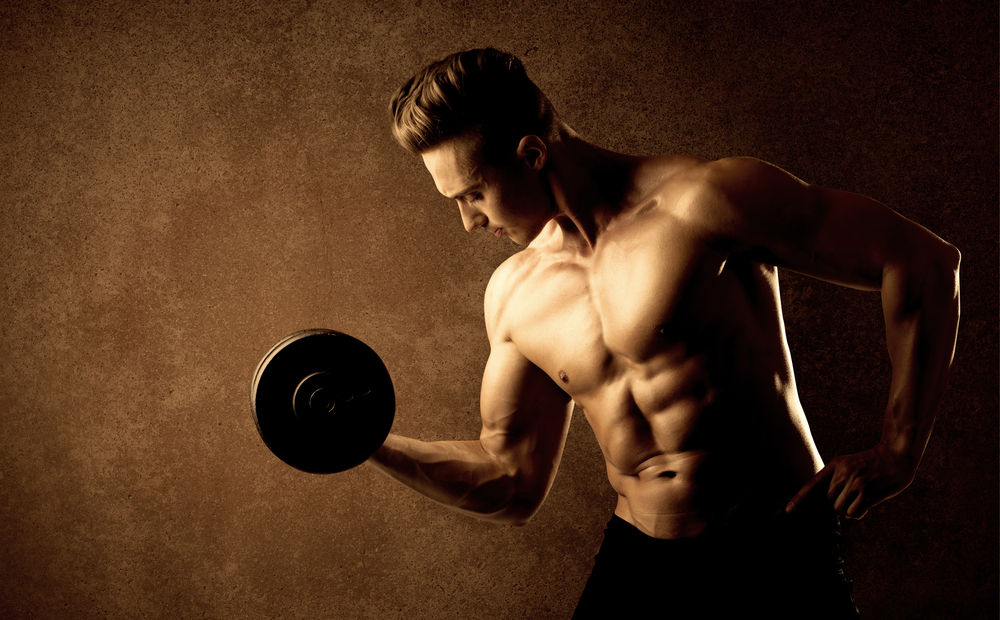PowerliftingTechniques
The most important techniques help you to get tight during the lifts. Secondary techniques help to develop speed in the range of motion where you tend to slow down. This article provides a selection of the easiest with the most impact from my point of view.
What is your why
Before we go into the details of powerlifting techniques let me ask you a couple of questions:
-
Why do you want to lift
-
Why do you want to change your body
-
What happens when you do
-
What happens if you don’t
These questions are essential for your personal success and failure. Research shows that people who write down their goals and reflect on them are more likely to make them a reality. When was the last time you did this? Can you even remember? If you can not it is time to get a pen and paper and start. Many people go about their lives like this:
-
What do I want
-
How do I get it
-
Why do I want it
This a pretty good way to get your knickers in a twist. What you want changes hundreds of times a day based on what you do, who you are with and where you are. Making this the center of attention will spread your resources thin and scatter your time between too many activities. The results will be frustration and misery. Don’t go down that rabbit hole. Something interesting happens when you flip the running order of these questions on their head:
-
Why do you want something
-
How do you get it
-
What needs to be done
This creates a bias towards long term goals and actions. Your life will become more meaningful and purpose will shine your way. Your thoughts and actions will become more connected and success will follow. If you want to know how this works on a psychological level read Daniel Kahneman's thinking fast and slow. Simon Sinek's Ted talk on the golden circle will change your life.
It all starts with better habits and rituals. One of the best ways to form them is to keep a journal. I have been using the self journal from best self for two years now and my marriage and salary have dramatically improved. You can check it out via this link.
Powerlifting
Powerlifting is the sport of the total. Your total consists of three lifts. These three lifts are the bench press, squat, and deadlift. For each lift, you get three attempts to lift the maximum weight. The best attempt for each lift will be counted towards your total. Based on your total you will be ranked against your competitors.
A big difference in lifting weights in the gym is that you will be judged. Three referees will observe your actions from three different angles. They decide whether you performed according to the standards of the federation you are competing in. Two out of three referees have to agree for your lift to qualify. You need at least one qualifying attempt for each lift to make it on the board. Otherwise, you will be disqualified.
You total usually splits into 40/40/20. The squat and deadlift usually contribute 40 percent each while the bench press adds up to 20 percent. Good legs go far in powerlifting.
There are a couple of techniques for each lift to improve your performance which we will go through for each.
Techniques for the squat
Techniques to improve your squat maximum are:
-
Three step walkout
-
Bracing
-
Breaking at the hips
-
Low bar squat
-
Paused / Pin squats
The easiest techniques to master is the three-step walk out. This is the best variation of starting the squat in all rack setups. There are exceptions where you can either use a monolift or you are small enough to get away with a two-step walk out. The general population will do best with three steps.
Use the first step to get a little distance between you and the rack. The second step plants your first foot for the squat. The third step places the other foot in parallel for your starting position of the squat. The three-step walkout will work with any rack without touching off and play you at a safe distance to the rack to execute the move. Always walk out backward and back in forward. This is not secure than the other way around.
Bracing is one of the harder maneuvers to master. Proper breathing is most important for the squat to do well as the weight presses down on your internal organs from above. The goal is to get your midsection as rigid as possible.
Breathe out as much air as you possibly can through the mouth. After you have done this breath in short and sharp through your mouth or nose. Suck the air deep into your stomach. Avoid sucking it into your chest. Press your abs out. It should feel like you are getting ready for a very hard punch to the stomach. If you want to know more I find that Chris Duffin has the of the best material I could find on the Internet addressing proper breathing during the squat.
Breaking at the hips is important to avoid that you tilt forward during the squat. I am especially prone to do this as I have shortened Achilles heels. Leaning forward gives you worse leverages than being upright during the squat.
To break at the hips you think of the squat like sitting down on a chair rather than squatting directly down to the hole. You will first break at the hips instead of at the knees. This makes it less likely for yuh it go on your toes. A great description of this can be found on the YouTube channel of neversate.
The low bar squat is a variation of the barbell back squat which is extremely popular with powerlifters. Instead of using the first natural shelf you find on your back you use the other one which usually lays about an inch or two lower. You can also grip the bar wider to lower the bar placement on your back. Lower placement of the bar on your back has the advantage of added back muscle support during the lift. This can help to find the squat at stages where otherwise you would have folded over.
Paused and pin squats are a great option to address weak points in the squat. Just check out what you are doing and where the squat slows down the most. Set the pause or the pin about an inch before that slowdown and start training. This way you can train the areas of the squat in which you are weakest.
Techniques for the deadlift
The deadlift is often referred to as the king of all exercises. This is probably the lift in which you can move the most weight. There are a couple of techniques which can help you to lift more:
-
Mixed grip
-
Hook grip
-
Make a footprint
-
Bend it like a horseshoe
The mixed grip is a variation of the double overhand grip. Most naturally you will grip the bar with both palms facing towards you. Another option is to turn your dominant hand so that the palm faces away from you before initiating the pull. This is referred to as the mixed grip or the over under grip. This way the bar rolls out of one and into the other palm during the pull. This makes it easier to hold on and lift more weight.
The hook grip is the most advanced grip you can use for the deadlift. With this grip, you put your thumb inside and behind your fingers. The palms of both hands face toward you. If done right this grip gets tighter the more weight you pull. It is also a grip variation that is taught to weightlifters all across the globe, as they can not utilize the mixed grip for the snatch and clean and jerk. The downside is that the hook grip is usually quite a bit more painful than the mixed grip.
Making a footprint means that you push your feet into the ground to push the earth away from you. This emphasizes higher activation of your glutes and muscles during the deadlift. Think of making a footprint into mud or snow. The big difference is you will be making it into the concrete.
The last technique is to bend the bar like a horseshoe. Before you start the pull you want the bar to be as close as possible to your shins. Imagine that you want to bend it around your legs like a horseshoe before you initiate the pull.
When you initiate the pull you want the bar to also bend before you fully engage in the lift. Build tension off the floor so that the bar bends like horseshoe before it leaves the ground. Avoid yanking the bar as this will not help and only injure you.
Techniques for the bench press
The bench press is one of the most popular exercises in the gym. It is easier to learn and apparently less risk than the deadlift and the squat. Here are some techniques to improve your bench press:
-
White knuckling
-
Building an arch
-
Spoto press
White knuckling means that you grip the bar as hard as you possibly can until your knickers turn white. This is a great technique for all lifts but helps especially for the be ch press to perform better.
Building an arch is controversial as it puts more pressure on your spine. However, it will definitely help to move more weight in the be ch press. To build an arch you move your feet as close to your head as you can while being on the bench. The end goal is to only have your butt and shoulders touch the bench for maximum tension and leg drive in the bench press. You can find some extreme examples of this online.
The spoto press helps in the mid-range of the lift to develop more power there. You lower the bar as if you were to perform a normal bench press. Halfway down you stop and wait for a little while to press up again. This maneuver is named after Eric Spoto, an American lifter who held the raw world bench press record for a while.
Powerlifting techniques
There are many techniques out there. The most important ones are the ones which help you to get right for the lift. White knuckling, bending the bar like a horseshoe and proper bracing work for all three lifts to get stronger. I just listed them for the lift where I feel like they have the most positive impact. If you don’t brace right on the bench press it is not as much of a loss as for the squat. If you don’t white knuckle hard on the squat it has not as much of a negative impact than on the bench press.


